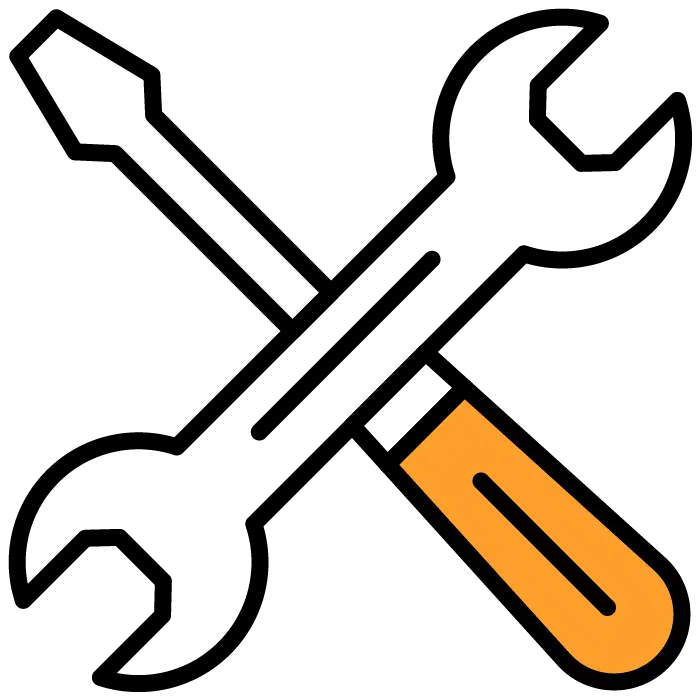Effective HR file and record-keeping is the backbone of a successful HR function. In today’s regulatory landscape, maintaining accurate, secure, and accessible records is not just a best practice—it’s a necessity.
Whether you’re a startup or a small business, this comprehensive HR file & record-keeping checklist will help you organize and safeguard your HR documentation while ensuring you meet compliance requirements.
Why HR File & Record-Keeping Matters
Imagine a scenario where a small business faces an unexpected audit.
With disorganized records and missing files, the company risks fines, legal issues, and lost credibility.
On the other hand, organizations with meticulous record-keeping can quickly respond to inquiries, streamline operations, and even leverage their data for strategic planning.
The Detailed HR File & Record-Keeping Checklist
Below is our in-depth, step-by-step checklist to ensure your HR records are organized, secure, and compliant. Use this guide to build or refine your HR record-keeping system.
1. Pre-Implementation Planning
- Define Objectives & Scope:
- Determine the types of records you need to maintain (e.g., personnel files, performance reviews, training records, disciplinary actions).
- Establish clear objectives for your record-keeping system, focusing on compliance, accessibility, and data security.
- Set Policies & Procedures:
- Develop a written policy outlining how records are created, stored, accessed, and disposed of.
- Ensure the policy complies with local, state, and federal regulations.
- Communicate these policies to all HR staff.
2. Document Collection & Organization
- Gather Existing Records:
- Collect all current employee files, ensuring they include employment contracts, job descriptions, performance evaluations, and training records.
- Review and update documents to remove redundancies or outdated information.
- Standardize File Formats:
- Create templates for common HR documents to ensure consistency.
- Utilize digital formats where possible to streamline access and reduce physical storage needs.
- Categorize & Index Files:
- Organize records by employee, department, or document type.
- Use a standardized naming convention to make retrieval efficient.
3. Secure Storage & Accessibility
- Implement Secure Storage Solutions:
- Choose a secure digital document management system with robust encryption and access controls.
- For physical files, ensure storage in a locked, climate-controlled environment.
- Access Control & User Permissions:
- Define who has access to which records based on role and necessity.
- Regularly review user permissions to maintain data integrity.
- Back-Up and Disaster Recovery:
- Establish routine backups for digital records and a disaster recovery plan.
- Test backup systems periodically to ensure data can be restored in case of an emergency.
4. Compliance & Retention Policies
- Establish Record Retention Schedules:
- Define how long each type of record should be retained based on legal requirements and business needs.
- Schedule regular reviews to update retention periods as laws change.
- Audit & Compliance Reviews:
- Conduct periodic internal audits using a HR Compliance Checklist to verify adherence to record-keeping policies.
- Document audit findings and remedial actions.
- Secure Disposal of Records:
- Implement procedures for the secure destruction of records that have exceeded their retention period.
- Ensure the disposal process complies with data privacy regulations.
5. Continuous Improvement & Training
- Employee Training:
- Regularly train HR staff on proper record-keeping practices and the importance of compliance as it enhances performance.
- Update training materials as policies and technologies evolve.
- Feedback & System Updates:
- Create channels for feedback on the record-keeping process.
- Periodically review and refine your checklist to incorporate industry best practices and new regulatory requirements.
- Integration with Other HR Systems:
- Ensure that your file and record-keeping system integrates seamlessly with payroll, performance management, and recruitment systems.
- Use our comprehensive HR Checklist for additional guidance on integrating your HR processes.
Final Thoughts
A meticulous HR file & record-keeping system is essential for reducing compliance risks, enhancing operational efficiency, and supporting strategic decision-making.
By following this detailed checklist, you can build a robust framework that ensures all HR records are accurate, secure, and easily accessible.
For more insights into creating a resilient HR function, explore our HR Compliance Checklist and HR Checklist for additional tips and best practices.
Embrace this comprehensive checklist and set your organization on the path to effective, compliant, and strategic HR management.




